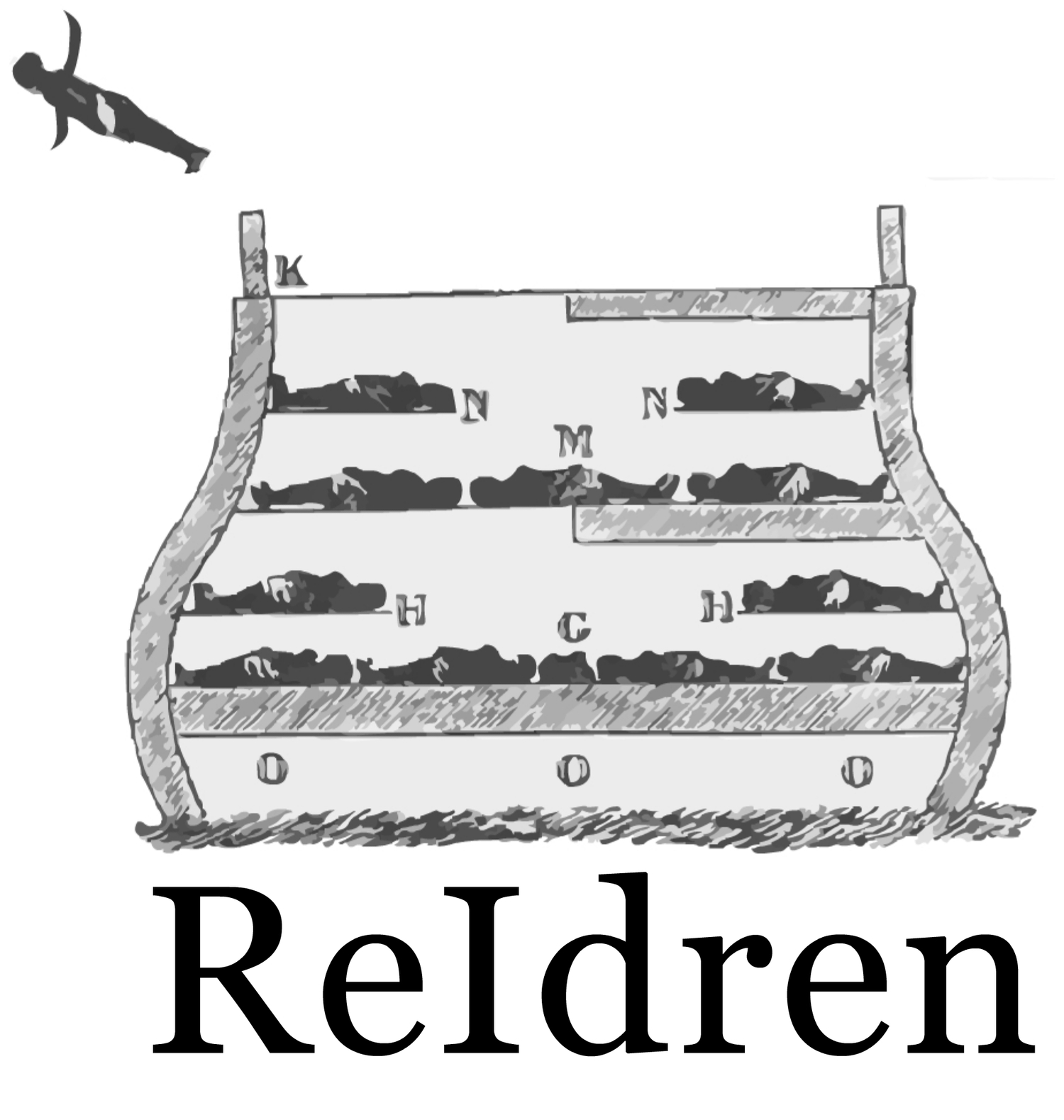January 31, 2025 Hanna Ali
A sign marks the Black Heritage Trail in Boston. (Paul Marotta/Getty Images)
Editor's Note: This is an excerpt from WBUR's Saturday morning newsletter, The Weekender. If you like what you read and want it in your inbox, sign up here.
In honor of Black History Month, we’re taking a journey to the past — literally.
But first, let’s start with quick history refresher. Slavery officially ended in the commonwealth in 1783, but some Black Americans in Massachusetts lived in a state of “unfreedom” into the beginning of the 1800s, according to Joel Mackall, a researcher, educator and tour guide with Hidden History of Black Boston.
Despite continued segregation and restricted freedoms, Black Americans remained among the great thinkers, movers and shakers in our state. (Names like Frederick Douglass, W.E.B DuBois and William Monroe Trotter quickly come to mind.)
But the list doesn’t stop there. Black Americans who were pioneers in the military, journalism and women’s sports called Boston home during the 19th century. Pieces of their stories — and monuments to their memories — are hidden in plain sight for you to discover.
Wondering where to look first? I spoke to Mackall and Peter Drummey, chief historian at the Massachusetts Historical Society, to give us some suggestions.
Smith Court | 56 Joy St., Boston
Boston’s Beacon Hill neighborhood was a hub for Black life in the 19th century. More than half of Boston’s Black population lived between Beacon, Charles, Cambridge and Joy streets, said Mackall. “That little section was Black Boston in the 1800s, for all intents and purposes,” he added.
Black abolitionists like Maria Stewart and David Walker first gained traction speaking to the masses here. But it was at Smith Court where one of the city’s most prominent change-makers and educators, William Cooper Nell, resided.
From 1850 to 1857, Nell lived at 3 Smith Court (which was also on the Underground Railroad). He was one of the first published Black historians, and cofounded the School Abolishing Party that succeeded in getting the state legislature to desegregate public schools in 1855.
After walking by Nell’s house, be sure to check out the nine other spots along Boston’s Black Heritage Trail.
William E. Carter Playground | 709 Columbus Ave., Boston
You’ve probably passed by this playground, but do you know the story behind its namesake?
Sgt. William E. Carter was a Black member of the 6th Massachusetts volunteer militia, and served in the Spanish American War and World War I. Carter spent 40 years in the service before his death in 1918.
“He’s a remarkable person because he’s living in a world where his life is circumscribed, but he essentially spends his entire adult life in the [military],” said Drummey. “He goes from being a Black member in a white regiment to serving in an entirely segregated unit in the first World War.”
In 1920, the City of Boston honored Carter’s dedication to the service by renaming the Columbus Avenue playground. Its location is indicative of a shift in Boston’s Black community “center” toward Roxbury and the South End, according to Drummey.
Keep an eye peeled for a historical marker with facts about Carter near the playground gate (next to the Tot Lot).
Kittie Knox Bike Path | Kendall Square, Cambridge
A short bike path between Binney Street and Broadway in Cambridge’s Kendall Square is named after a barrier-breaking cyclist from Massachusetts: Kittie Knox.
Knox grew up in Beacon Hill and rode with the Riverside Cycling Club, a social cycling group for local Black Americans. She completed multiple 100-mile rides in her biking career and placed 12th out of 50 cyclists in a major national race, according to the Cambridge Black History Project.
In 1893, Knox joined the League of American Wheelmen, the largest cycling organization in the country at the time. A year later, LAW decided to exclude Black riders from its league. Knox protested the LAW’s restrictions by showing up with her membership card to a racing event in 1895, but LAW still barred her from riding.
“It’s more than just wanting to ride and race your bicycle,” said Drummey. “It’s these burdens that are placed upon your full participation by not necessarily legal restrictions.”
Advertisement
MassBike hosts an annual Kittie Knox Ride in the summer. (This year’s will be in May.) But you can take a ride along the path anytime.
“The Old Howard”| 1 Center Plaza, Boston
Government Center was once home the Howard Athenaeum, a famous opera house-turned-burlesque theater that was scorched in June of 1961. But before its demise, “The Old Howard” was also the site of abolitionist and speaker Sarah Parker Remond’s first act of public resistance.
Remond and her brother, Charles Lenox Remond, were both well-known activists in Massachusetts. In 1853, Sarah purchased a ticket to the opera at the Howard Athenaeum, but was forcibly removed when she refused to comply with segregated seating. She sued and won her case in one of the earliest efforts against Massachusetts’ public segregation.
“The Old Howard,” ironically, later became the venue for a Black military ball celebrating Carter’s 6th Massachusetts militia. Drummey says this change paints a picture of the ever-evolving city.
A historical marker can be found in Boston’s Center Plaza where the Howard Athenaeum once stood. You can also see pieces of its old sign at the West End Museum.
P.S. — WBUR’s Arielle Gray took a tour with Mackall through the North End, where she discovered even more hidden history about Black Boston. She shares what she learned along the way in this episode of The Common.
Correction: A previous version of this article misspelled Sarah Parker Remond's last name. We regret the error.

